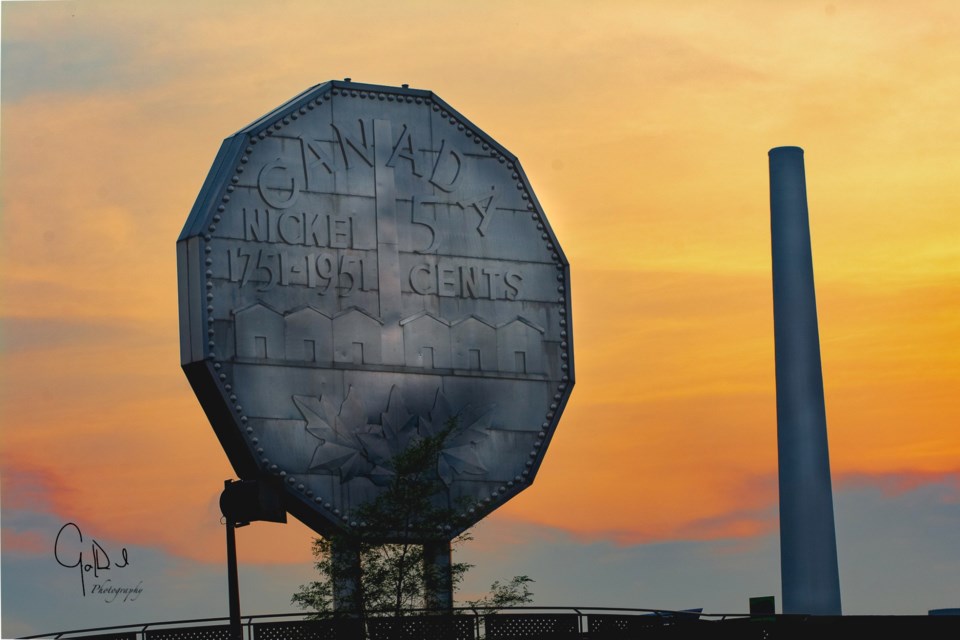Last year’s City of Greater Sudbury annual population increase estimate of 4,658 was the largest in the amalgamated city’s 23-year history.
Statistics Canada released their latest annual population estimates recently, revealing a new City of Greater Sudbury population of 179,965.
Tracking annual population estimates back to 2001, when Greater Sudbury’s population was recorded as 161,175, fairly steady annual increases were notched until 2022, when it spiked by 2,522 people compared to the previous year. Last year’s jump exceeded even this.
“We have a great economy,” Mayor Paul Lefebvre told Sudbury.com in response to the recent population increase. “We have a welcoming community, and people are noticing the great lifestyle we have here, and the opportunities.”
He credits job availability and the Northern Ontario lifestyle, which comes more affordably than those living in southern Ontario, as key mitigating factors.
“We’re optimistic that those numbers will continue, maybe not at the same pace — that’s a high number to achieve,” Lefebvre said, adding that last year’s population increase brings the city in line to exceed his goal of hitting a population of 200,000 by 2050.
Also contributing to the population jump is the Rural and Northern Immigration Pilot Program accepting 524 applicants last year, bringing with them a total population increase of 1,024 when including applicants’ families.
City business development officer Alex Ross clarified that not all of these newcomers would have been recorded as part of the 2023 jump, since some may have arrived in previous years, but RNIP has certainly helped boost the city’s population during its four years in operation.
With the RNIP program concluding this year, Ross affirmed the city is applying for the full breadth of available spaces within two replacement programs the federal government is opening up, including a Francophone-centred immigration pilot.
Statistics Canada’s annual population estimates also factor in non-permanent residents, Ross said, which means local post-secondary institutions’ practice of bringing in more international students has also contributed toward the increase.
Last year, city staff updated its population projections to reflect a reference scenario population estimate of 188,510, and an upper-range estimate of 200,000 by 2051.
“It looks like we’re exceeding the reference scenario for growth, and we’re on track to be more in line with the high-growth scenario,” city senior planner Melissa Riou told Sudbury.com, crediting immigration as a key contributor to local population growth.
Last year’s unexpectedly high population jump will affect the projections which appear in the city’s Housing Supply Strategy slated to be released later this year.
The city’s previous housing supply and demand analysis, released last year, projected an immediate need for 470 rental units, plus 66 additional units per year for the next 30 years, Riou explained. The city’s updated estimate nearly doubles this projection to 112 units per year for the next 30 years, “to bridge the gap in terms of getting back to a healthy vacancy rate.”
The current vacancy rate for one-bedroom units is around .7 per cent, while the city’s overall vacancy rate for rental accommodations is 1.1 per cent.
A vacancy rate below five per cent is considered indicative of tight market conditions and housing supply not keeping up with demand.
Spurring and accommodating growth have been ongoing topics of concern around Greater Sudbury city council chambers, with Lefebvre pointing to such efforts as the Housing Supply Strategy and the Roadmap to End Homelessness by 2030 plan approved by city council on May 28 as steps in the right direction.
“It’s all intertwined, and there’s no magic bullet to deal with all of this,” Lefebvre said. “It’s a community that will be working together in collaboration and in partnership to allow that growth and celebrate that growth and make sure it’s a success for everyone coming in.
“We’re seeing our community develop, now we certainly need to make sure the jobs are there., it's still an affordable city to live in and we’re taking care of our most vulnerable and the quality of life remains.”
Tyler Clarke covers city hall and political affairs for Sudbury.com.




